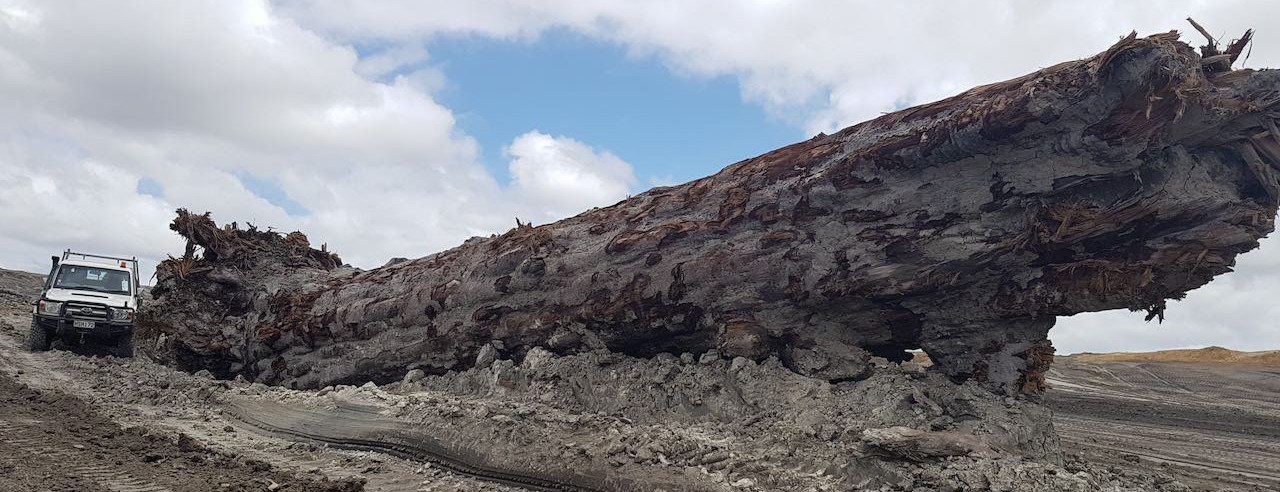 This latest iteration of the Southern Hemisphere calibration curve will be widely utilised by many researchers undertaking palaeoenvironmental studies.
This latest iteration of the Southern Hemisphere calibration curve will be widely utilised by many researchers undertaking palaeoenvironmental studies.
Professor Alan Hogg has published an updated calibration curve for dating objects in the Southern Hemisphere using radiocarbon dating: SHCal20 Southern Hemisphere Calibration, 0–55,000 Years cal BP
Radiocarbon dating requires a calibration curve to obtain calendar ages. This paper presents SHCal20, the latest iteration of the Southern Hemisphere calibration curve, which was previously updated in 2013 (SHCal13). Early researchers of radiocarbon levels in Southern Hemisphere tree rings identified a variable Northern Hemisphere-Southern hemisphere offset, necessitating construction of a separate radiocarbon calibration curve for the South.
SHCal20, spanning the time interval from 0–55,000 cal BP, is based upon SHCal13 and fortified by the addition of 14 new tree-ring data sets in the 2140–0, 3520–3453, 3608–3590 and 13,140–11,375 cal BP time intervals. The paper details the statistical approaches used for curve construction and presents recommendations for the use of the Northern Hemisphere curve (IntCal20), the Southern Hemisphere curve (SHCal20) and suggest where application of an equal mixture of the curves might be more appropriate.
Read the full research publication SHCal20 Southern Hemisphere Calibration, 0–55,000 Years cal BP

Professor